Circuit Description
The engine control module (ECM) provides a 5 volt supply to the fuel rail pressure sensor using a dedicated sensor supply circuit. The ECM also provides a ground on the sensor return circuit. The fuel rail pressure sensor provides a primary fuel pressure signal to the ECM on the fuel rail pressure sensor signal 1 circuit. The sensor also provides a secondary fuel pressure sensor signal on the fuel rail pressure signal 2 circuit. This sensor signal voltage changes based on the pressure in the fuel rail. The ECM will detect a high signal voltage at high rail pressure conditions. The ECM will detect a low signal voltage during low rail pressure conditions.
Component Location
The high-pressure fuel pump is mounted to the gear housing. The fuel pump actuator is mounted on the fuel pump. The fuel pressure sensor is mounted in the high pressure fuel rail. The fuel pressure relief valve is mounted on the high pressure fuel rail.
Conditions for Running the Diagnostics
This diagnostic runs periodically during engine operation.
Conditions for Setting the Fault Codes
The Engine Control Module (ECM) detected the fuel rail pressure was increasing during motoring (non-fueling) conditions where the pressure should have been stable.
Action Taken When the Fault Code is Active
The ECM illuminates the amber CHECK ENGINE lamp and/or the Malfunction Indicator Lamp (MIL) immediately when the diagnostic runs and fails.
Conditions for Clearing the Fault Code
It is necessary to use the “Reset All Faults” command in INSITE™ electronic service tool to clear this fault and extinguish the amber CHECK ENGINE lamp and/or Malfunction Indicator Lamp (MIL).
Shop Talk
Possible causes of this fault code include:
High fuel drain line restriction
A plugged fuel pump actuator mounting adapter
Possible Cause:
1) ECM calibration


 AGCO
AGCO ALLISON
ALLISON BENDIX
BENDIX BOBCAT
BOBCAT CAT
CAT CLAAS
CLAAS CNH
CNH DAF
DAF DETROIT
DETROIT EATON
EATON FREIGHTLINER
FREIGHTLINER HINO
HINO HITACHI
HITACHI ISUZU
ISUZU JCB
JCB JOHN DEERE
JOHN DEERE JPRO
JPRO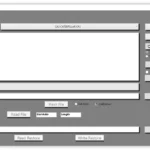 MAGIC TUNER
MAGIC TUNER MAN
MAN Navistar
Navistar PACCAR
PACCAR PERKINS
PERKINS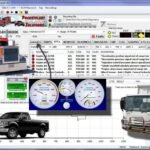 PF DIAGNOSE
PF DIAGNOSE PSI POWERLINK
PSI POWERLINK RENAULT
RENAULT SCANIA
SCANIA THERMO KING
THERMO KING UD NISSAN
UD NISSAN VOLVO
VOLVO WABCO
WABCO ZF TESTMAN
ZF TESTMAN
 BELL
BELL BENDIX
BENDIX BOBCAT
BOBCAT CARRIE
CARRIE DAF
DAF DETROIT
DETROIT EATON
EATON FUSO
FUSO MACK
MACK
 Cumminz
Cumminz ISB4.5 CM2150
ISB4.5 CM2150 All Engines (2017 Emissions)
All Engines (2017 Emissions) PACCAR
PACCAR


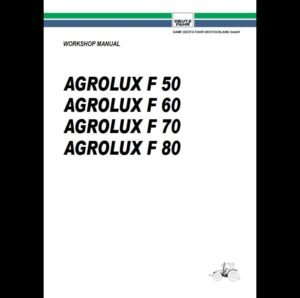




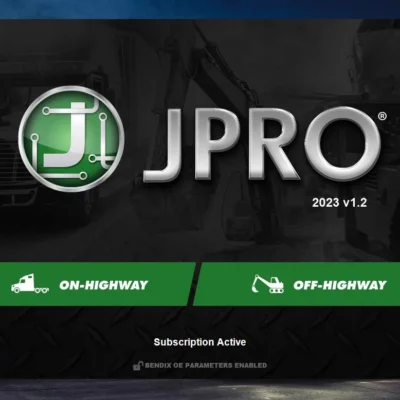
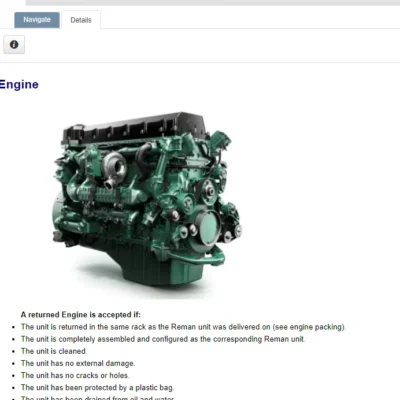
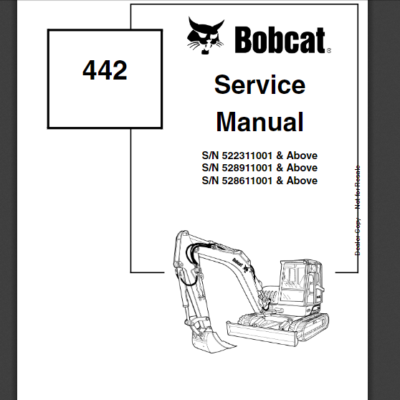
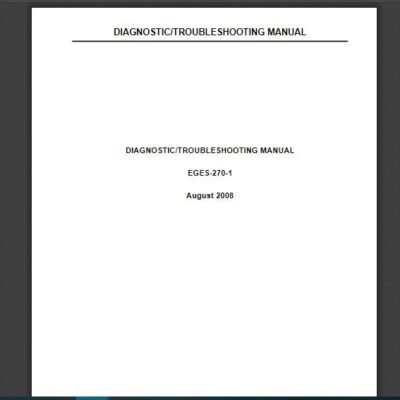
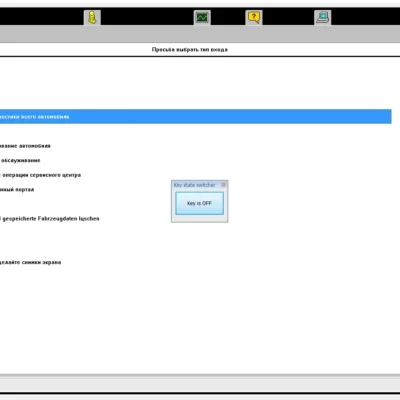

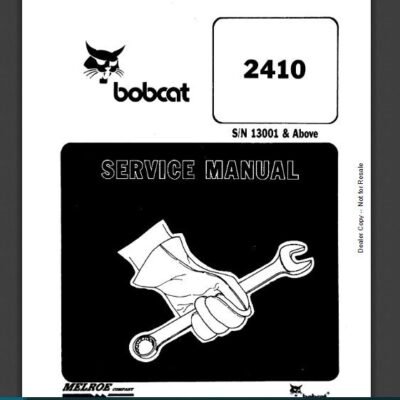
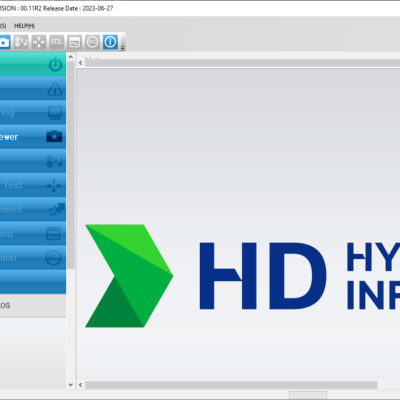

Reviews
Clear filtersThere are no reviews yet.